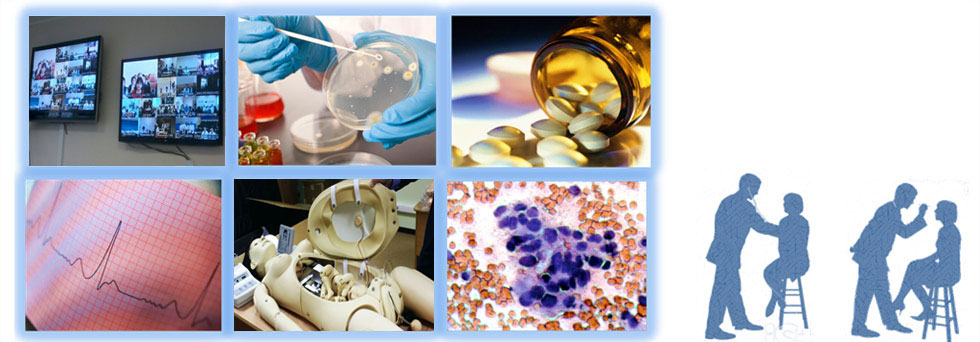Dudanova O., Larina N. Results of antiviral therapy for chronic hepatitis C virus genotype 1b infection // Journal of Biomedical Technologies. 2015. № 2. P. 43‒48. DOI: 10.15393/j6.art.2015.3302
Issue № 2 (2015)
Original research
Results of antiviral therapy for chronic hepatitis C virus genotype 1b infection
| Dudanova Olga Petrovna | Petrozavodsk State University, 33 Lenin Avenue, Petrozavodsk, Russia 185910, odudanova@gmail.com |
| Larina Nadezhda Alekseevna | Petrozavodsk State University, 33 Lenin Avenue, Petrozavodsk, Russia 185910, odudanova@gmail.com |
|
chronic hepatitis C HCV genotype 1b antiviral therapy sustained virological response viral RNA in liver tissue |
Modern antiviral therapy (AVT) for chronic hepatitis C virus genotype 1b (CHC-1b) infection with the use of pegylated interferon-α plus protease inhibitors remains inaccessible for most patients because of its high cost. Non-pegylated interferon plus ribavirin drugs are more affordable, but the level of sustained virological response (SVR), which is estimated by disappearance of viremia, according to some authors, ranges from 10 to 30% with high frequency of recurrent infection development. The aim of the study was to determine the effectiveness of combined AVT with interferon drugs plus ribavirin in CHC-1b patients by polymerase chain reaction (PCR) both in blood samples and in the liver tissue in order to identify the probability of the existence of latent HCV-infection after the course of treatment.Materials and methods. Combined AVT was administered to 17 CHC-1b patients: peginterferon-α plus ribavirin – to 5 patients (group I), and reaferonum plus ribavirin (group II) – to12patients at standard doses for 48 weeks. Sustained virological response was estimated in all patients standardly by PCR-analysis using blood serum samples, and in 7 patients – by PCR using liver tissue samples. Results. Among patients of group I treated with peginterferon-α plus ribavirin, 4 (75.0%) developed primary virological response (PVR) and 3 (50.0%) developed SVR; among group II members, 6 patients (50.0 %) demonstrated PVR and 3 (25.0 %) – SVR. Biochemical remission was achieved in all patients with SVR. Repeated liver biopsies with subsequent assessment of histological activity, fibrosis and HCV-specific RNA level were performed for those 7 patients (2 – of group I and 5 – of group II) who achieved SVR upon AVT. All patients had positive histological dynamics – reduction of inflammation and fibrosis, but positive PCR-results in the liver tissue were observed in 3 (60.0%) patients from group II. That is, despite biochemical remission of CHC and the absence of viremia, eradication of the virus has not occurred. Conclusions. SVR was detected in 50.0% of HCV-1b patients receiving peginterferon-α plus ribavirin therapy, and in 25.0% of patients receiving reaferonum plus ribavirin. In 60.0 % of patients showing SVR and treated with reaferonum plus ribavirin, HCV-specific RNA was revealed in liver tissue, suggesting the existence of a latent viral infection and the risk of recurrence of viremia. |
Displays: 3554; Downloads: 6345;




